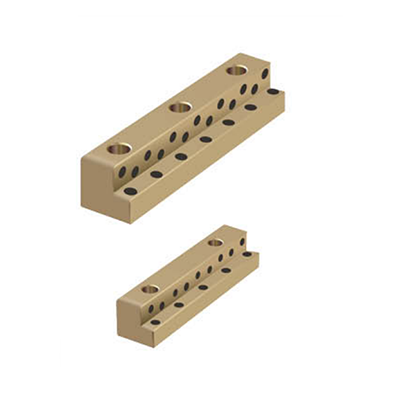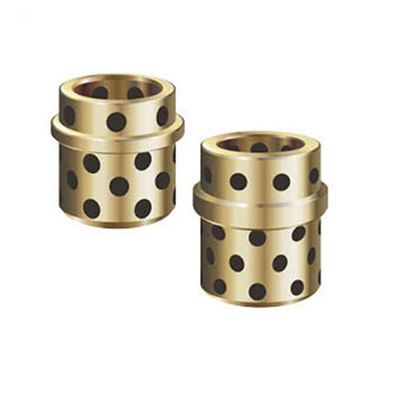In the ever-evolving world of mechanical engineering and industrial applications, finding the right components to optimize performance and reduce maintenance is crucial. Among the myriad of parts that keep our machines running smoothly, one stands out with its unique properties and potential to revolutionize the industry: the Self Lubricating Bush.
What exactly is a Self Lubricating Bush, and why should it pique the interest of engineers and technicians? At first glance, it may seem like any other bushing, but its design incorporates a clever self-lubricating mechanism that sets it apart. Unlike traditional bushings that require regular lubrication to prevent friction and wear, the Self Lubricating Bush is engineered to provide continuous lubrication, thereby extending its lifespan and reducing the need for frequent maintenance.
One of the most striking features of the Self Lubricating Bush is its material composition. It is typically made from a blend of high-performance polymers and specialized lubricants, which are evenly distributed throughout the bushing. This unique formulation ensures that as the bushing is in use, the lubricant is released gradually, creating a smooth, friction-free surface. This not only enhances the efficiency of the machinery but also significantly reduces the noise levels associated with moving parts.
Moreover, the Self Lubricating Bush boasts impressive durability. The combination of its self-lubricating properties and high-quality materials means that it can withstand extreme pressures and temperatures without compromising performance. This makes it an ideal choice for applications in harsh environments, such as heavy-duty machinery, automotive components, and aerospace systems.
The benefits of using a Self Lubricating Bush are numerous. For starters, it eliminates the need for external lubrication, which can be messy, time-consuming, and costly. Additionally, by reducing friction and wear, it helps to prevent premature failure of the component, thereby lowering the overall maintenance costs. Furthermore, the continuous lubrication ensures smoother operation, which can lead to improved energy efficiency and longer equipment lifespan.
But perhaps the most compelling aspect of the Self Lubricating Bush is its potential to revolutionize the way we think about mechanical components. In an era where sustainability and efficiency are paramount, having a component that requires less maintenance, generates less waste, and operates more efficiently is a game-changer. It's not just about improving the performance of individual machines; it's about creating a more sustainable and efficient industrial ecosystem.
As we continue to push the boundaries of technology and innovation, the Self Lubricating Bush emerges as a shining example of how small changes can lead to significant improvements. With its ability to reduce friction, enhance durability, and lower maintenance costs, it's easy to see why it's gaining traction in the mechanical engineering community.

 English
English Español
Español



